
Running a Pot Still to Batch-Produce Spirits
For most small-scale producers, batch-distilling is the standard approach to creating a variety of products.
Showing 41-60 of 264 articles

For most small-scale producers, batch-distilling is the standard approach to creating a variety of products.
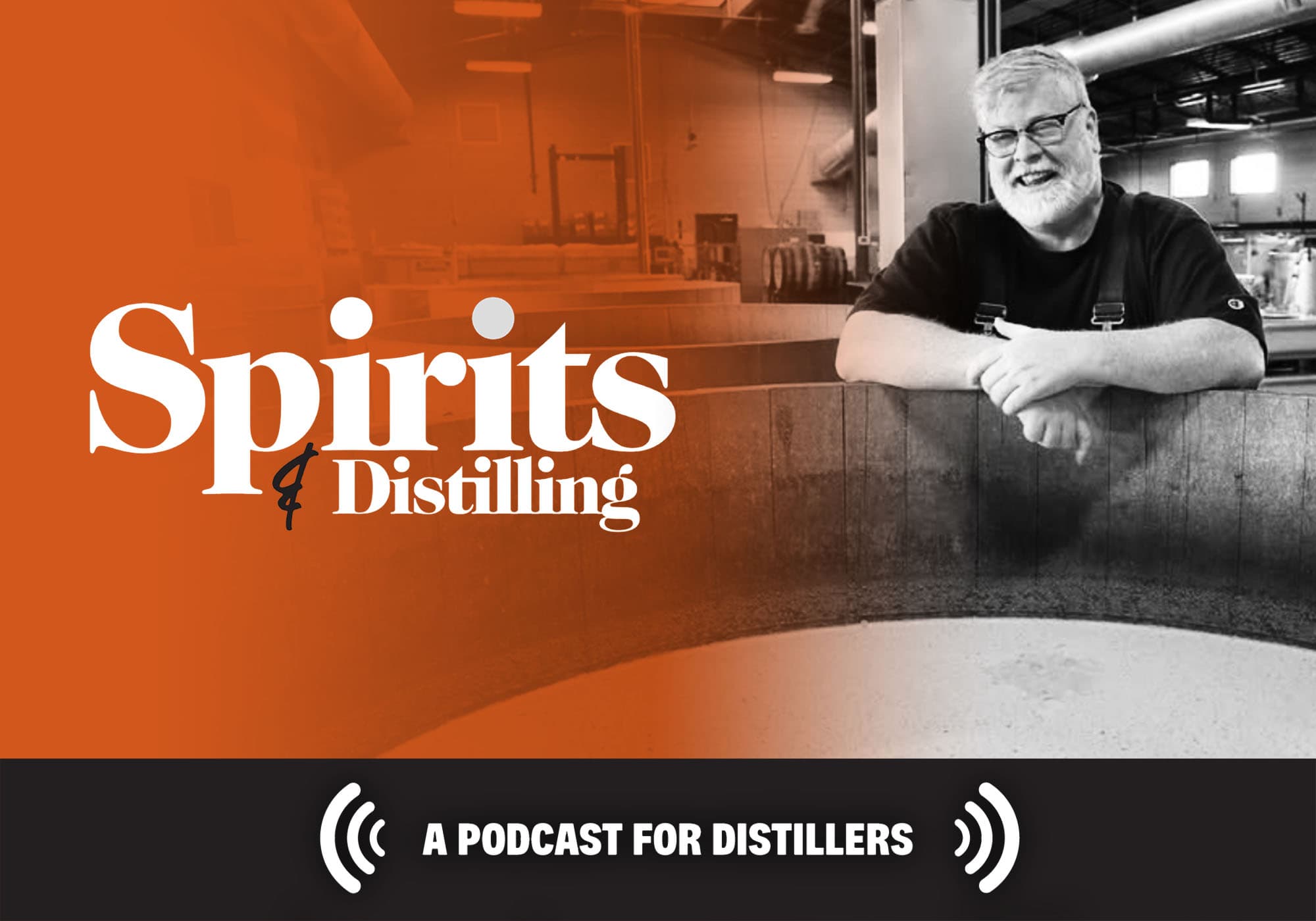
Todd Leopold of Leopold Bros in Denver is part historian, part tinkerer, part creative muse, and part sounding board for the broader craft-distilling world—and his multi-stream approach to experimentation in the service of flavor over style is more relevant than ever.
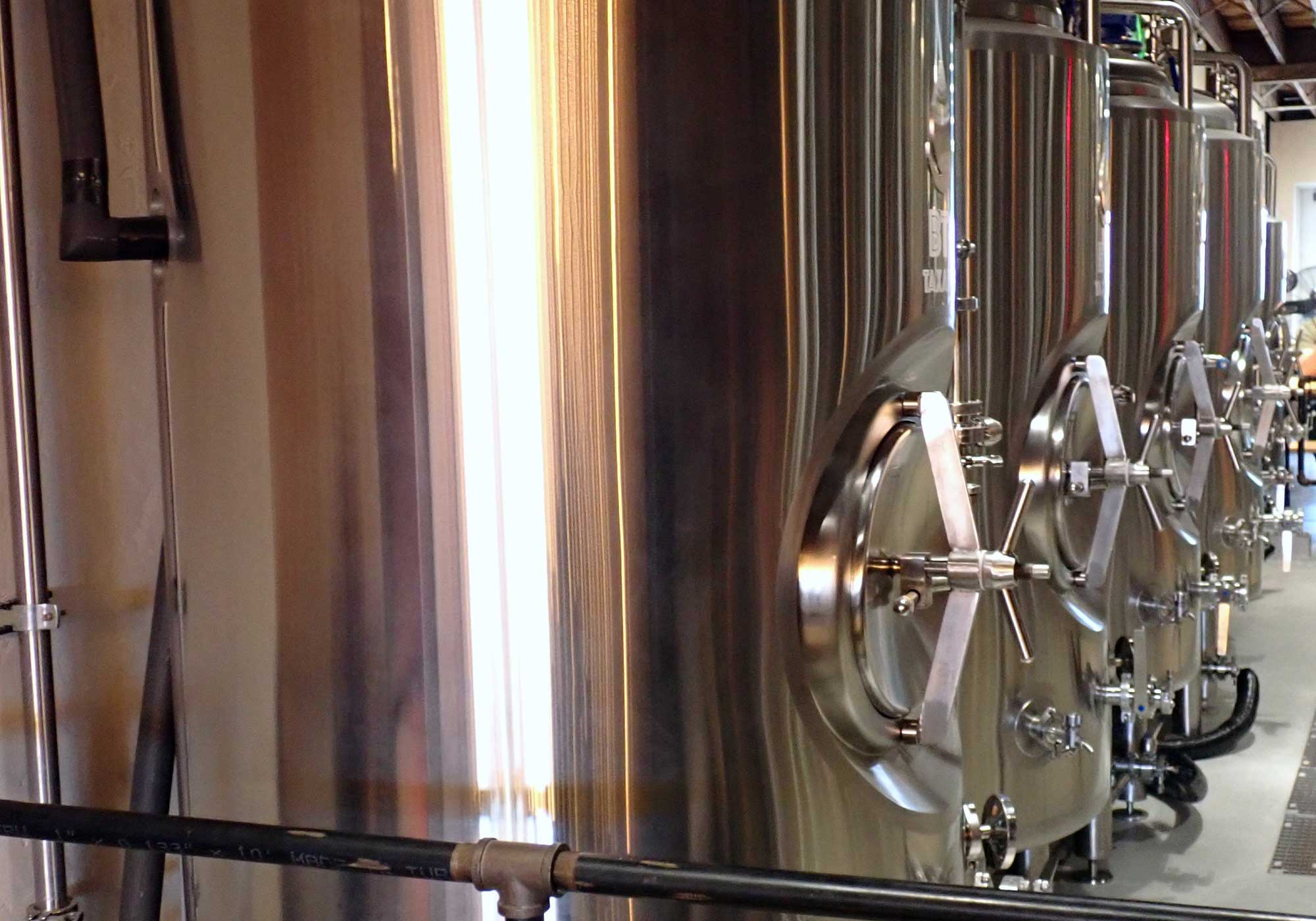
Here are some important practices to observe—and to avoid—when it comes to maintaining stainless steel in the distillery.
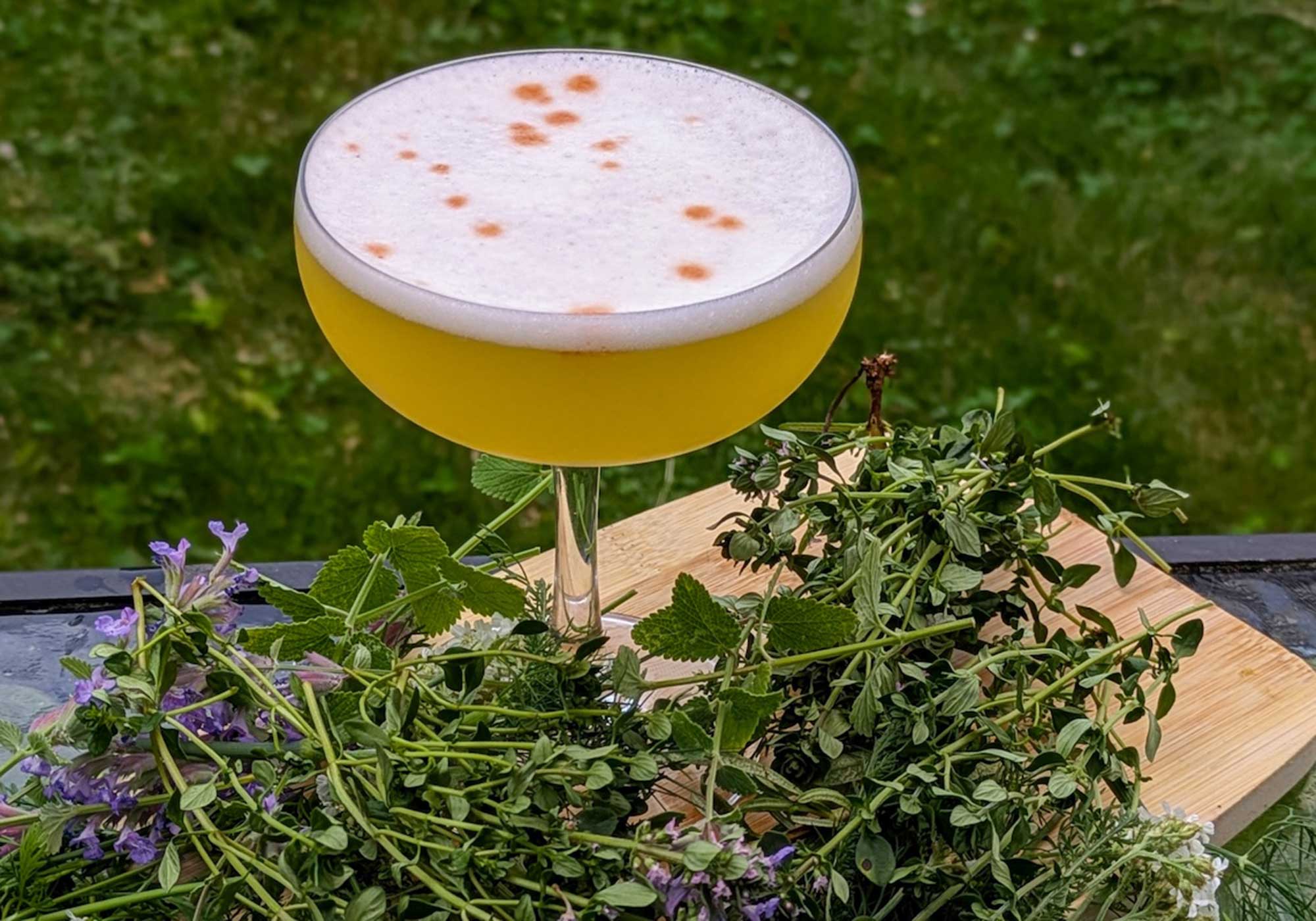
An open flame offers a bridge to richer, heartier cocktails—even in the heat of summer. Elevate your summertime gatherings with these drinks that find kinship in the foods coming off your grill or smoker.

Honey has more than mead up its beverage sleeve. Here’s how distillers work with it to balance bitterness, add floral notes, and speak to the nature around them.

Great rum is a magical thing, and when all the elements come together—ingredients, culture, fermentation, maturation, and story—there are few spirits that can match its joie de vivre. Today, Maggie Campbell and Chaz Vest are aligning these forces of flavor to cast light on rum’s legacy in America, and telling that story through American Cane.
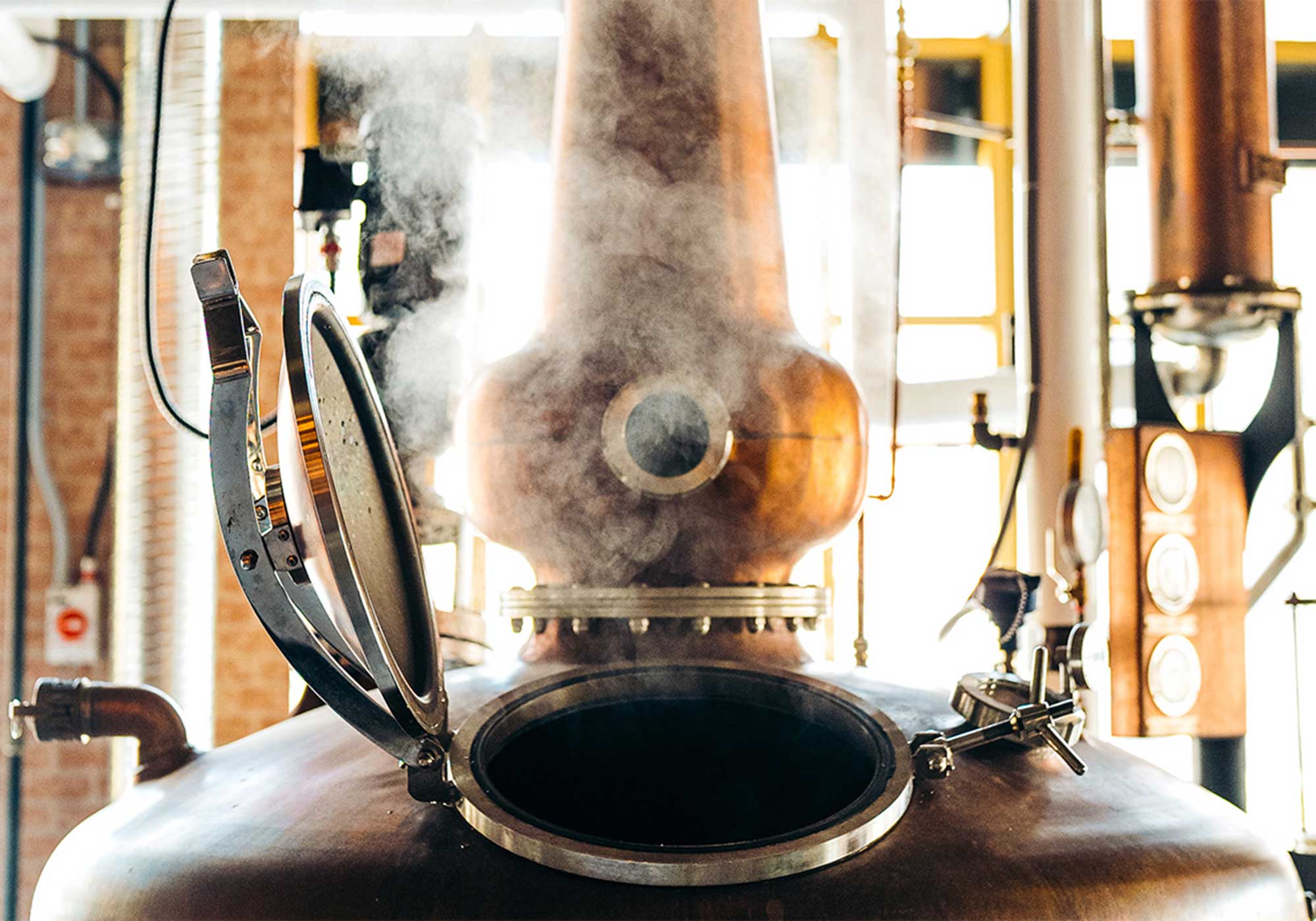
To better understand the heads, hearts, and tails fractions, distillers should first have a firm grasp on what’s happening as their distilling media turn to vapor and then back to liquid.
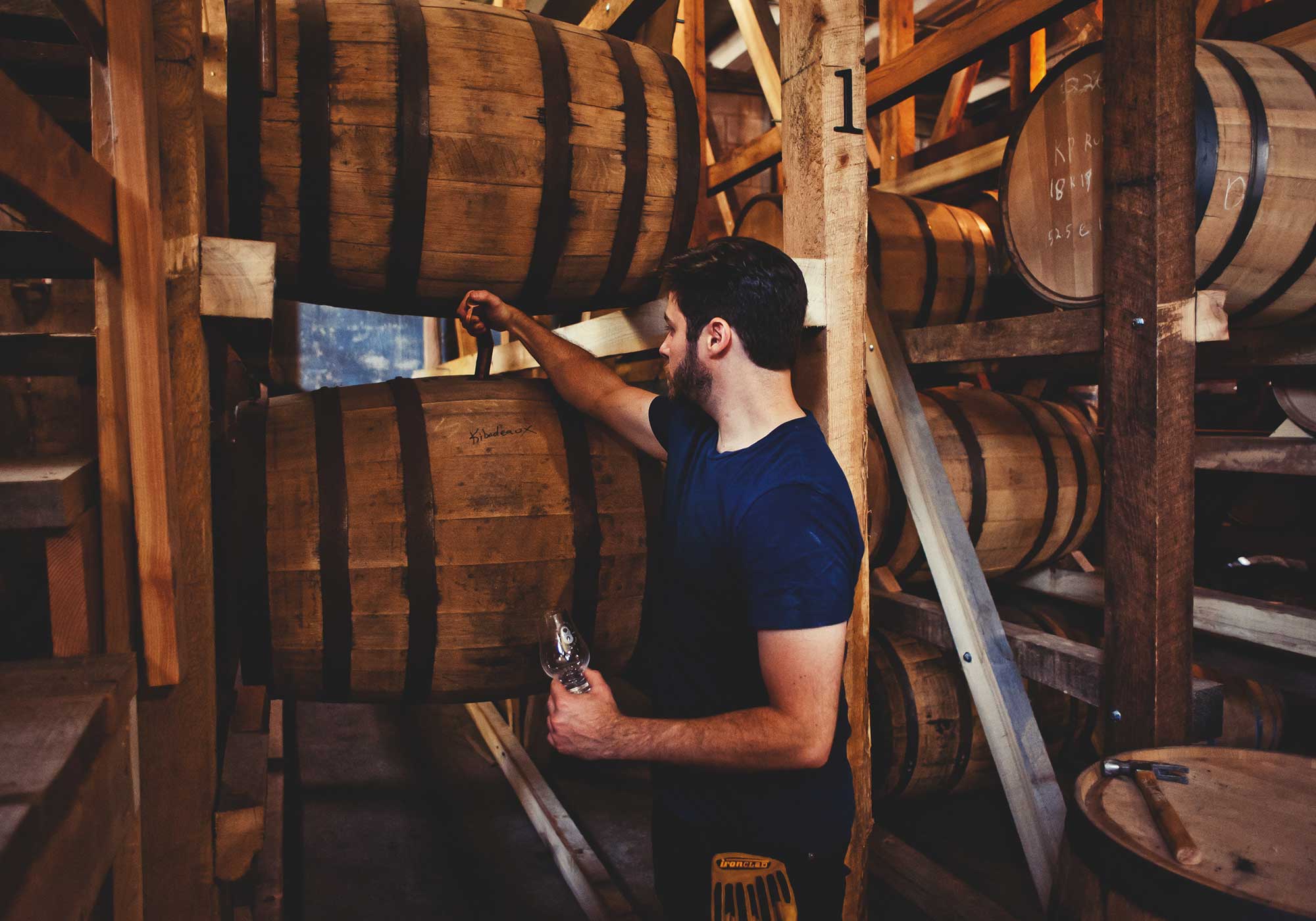
In Chicago’s south suburbs, a stone’s throw from one of the world’s largest quarries, Ari Klafter is building a brand focused on single-malt whiskey—and he’s done just about everything else along the way, including rum, gin, vodka, and a line of Kosher for Passover spirits. As told to Ryan Pachmayer.
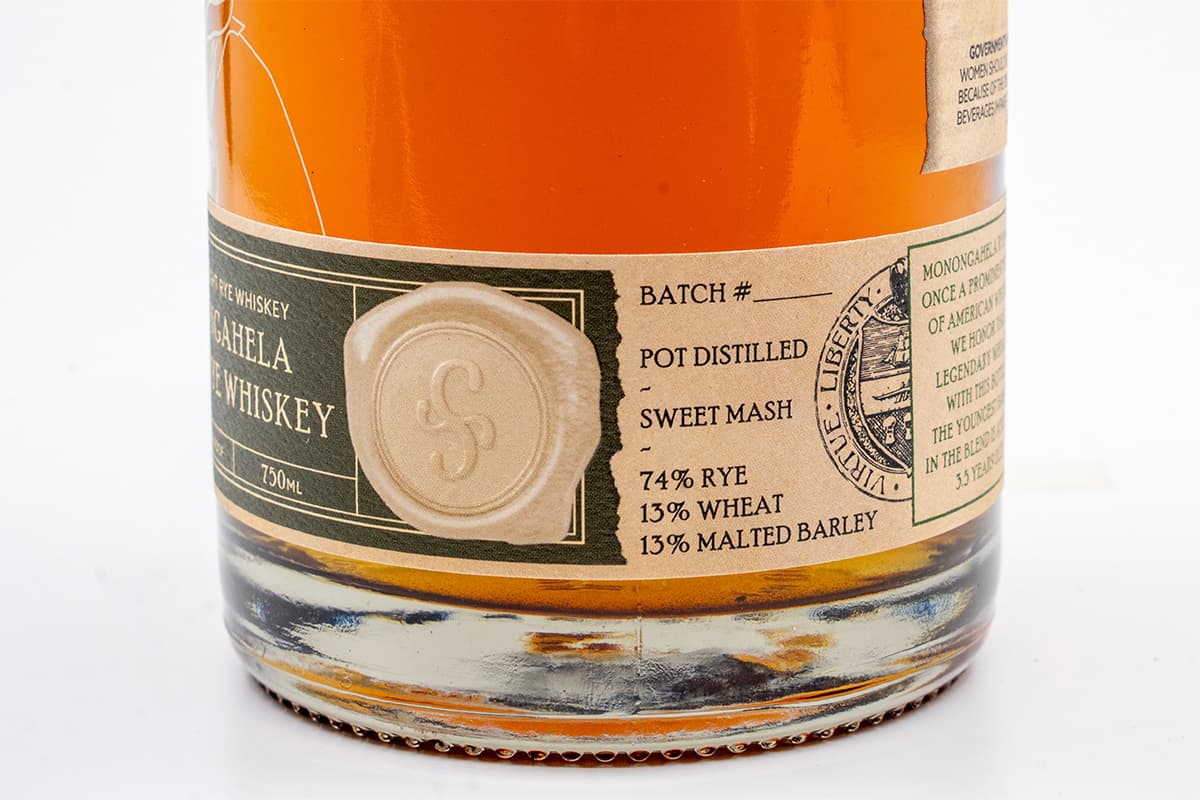
As distillers in western Pennsylvania work to define their own style of rye, historical examples and modern efforts guide the way. It’s a project that could be instructive to distillers in other regions with distinctive styles.

Agave may get the lion’s share of distillers’ love, but it’s far from the only game in town when it comes to distilled Mexican and Southwestern spirits. Desert Door, on the outskirts of Austin, is out to show the beauty and range in sotol—made from the desert spoon plant and sustainably harvested from wild plants.

Stainless steel is ubiquitous in production environments, so—to ensure consistent spirits and long-lasting equipment—it’s critical to understand how and why it works and the types we’re likely to use in the distillery.

Beyond its use in liqueurs and bitters, tea can also be a foundational piece to distilled spirits. Here’s how two distilleries are taking very different approaches to those flavors.
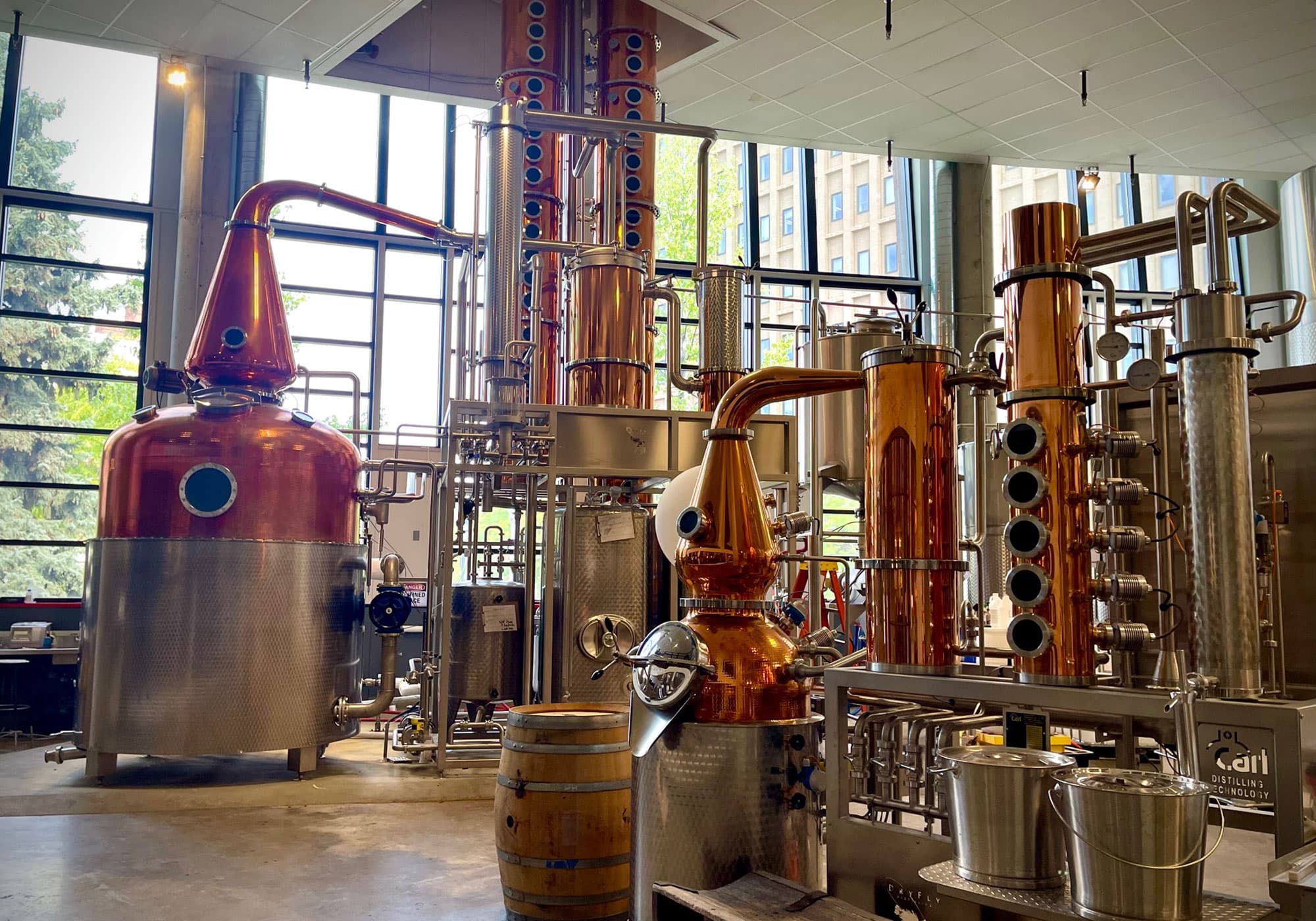
This unusual rye-wheat hybrid isn’t well known among the drinking public, but its star may be rising in the world of craft whiskey.
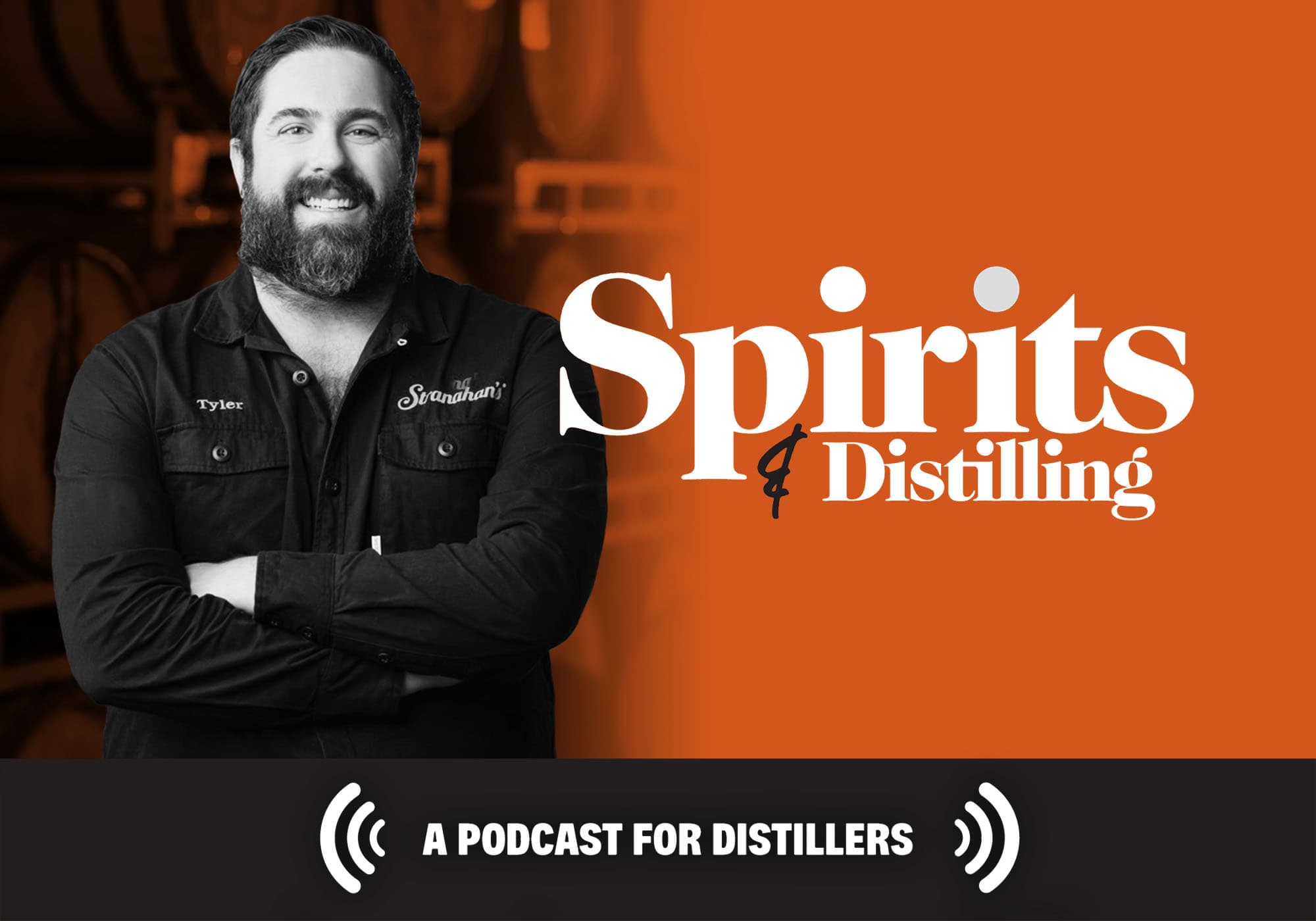
The journey from art student to distiller may strike some as unusual, but for the plant operations administrator at Denver’s Stranahan’s, creativity matched with effective and disciplined execution is the key to successful spirits.

With an infinite array of combinations, you can make a distinctive amaro-style liqueur with your own flavor thumbprint, at home or behind the bar. These tips and recipes will get you started.
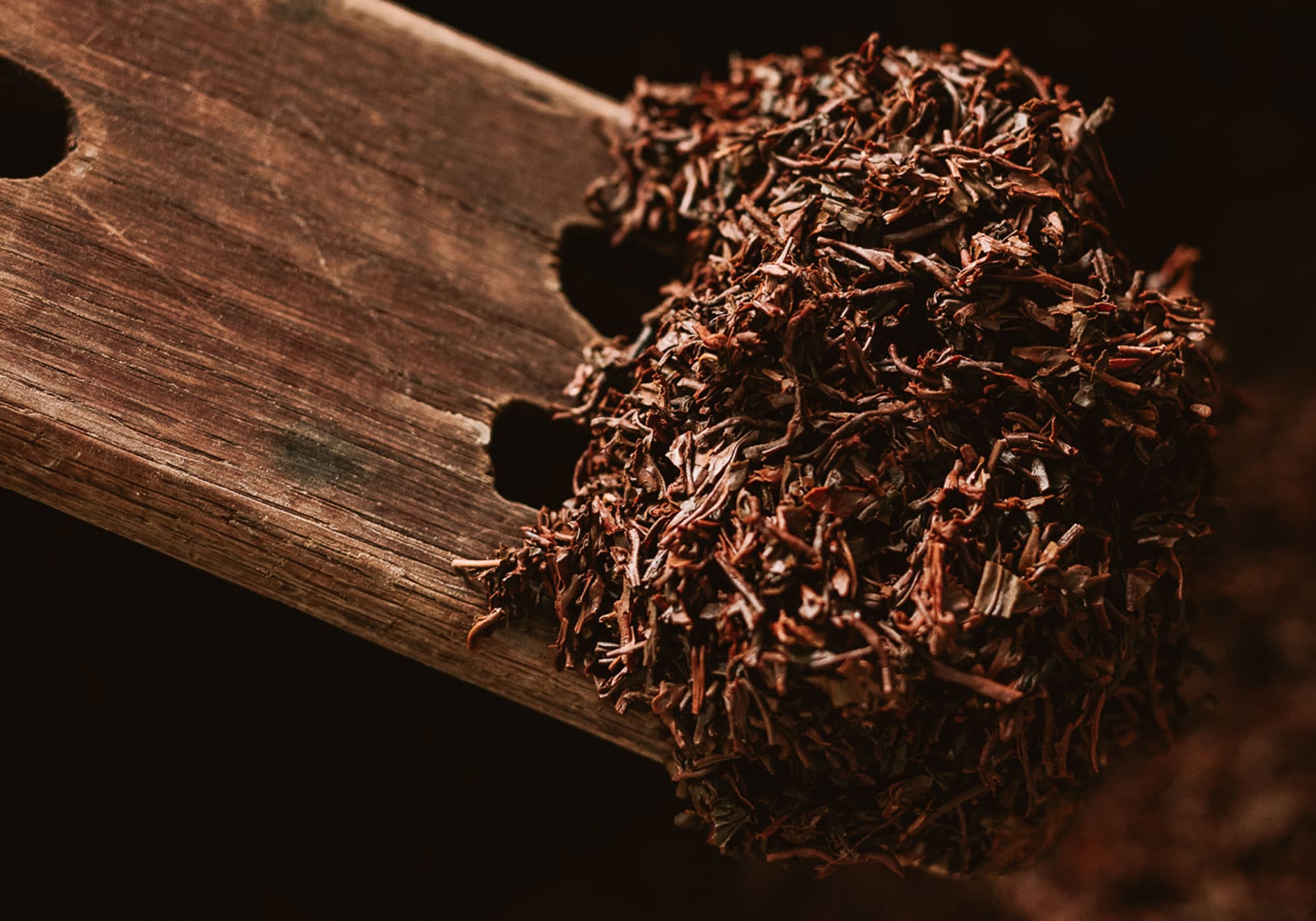
In all its myriad forms, tea can add exotic yet comforting character to liqueurs and bitters.
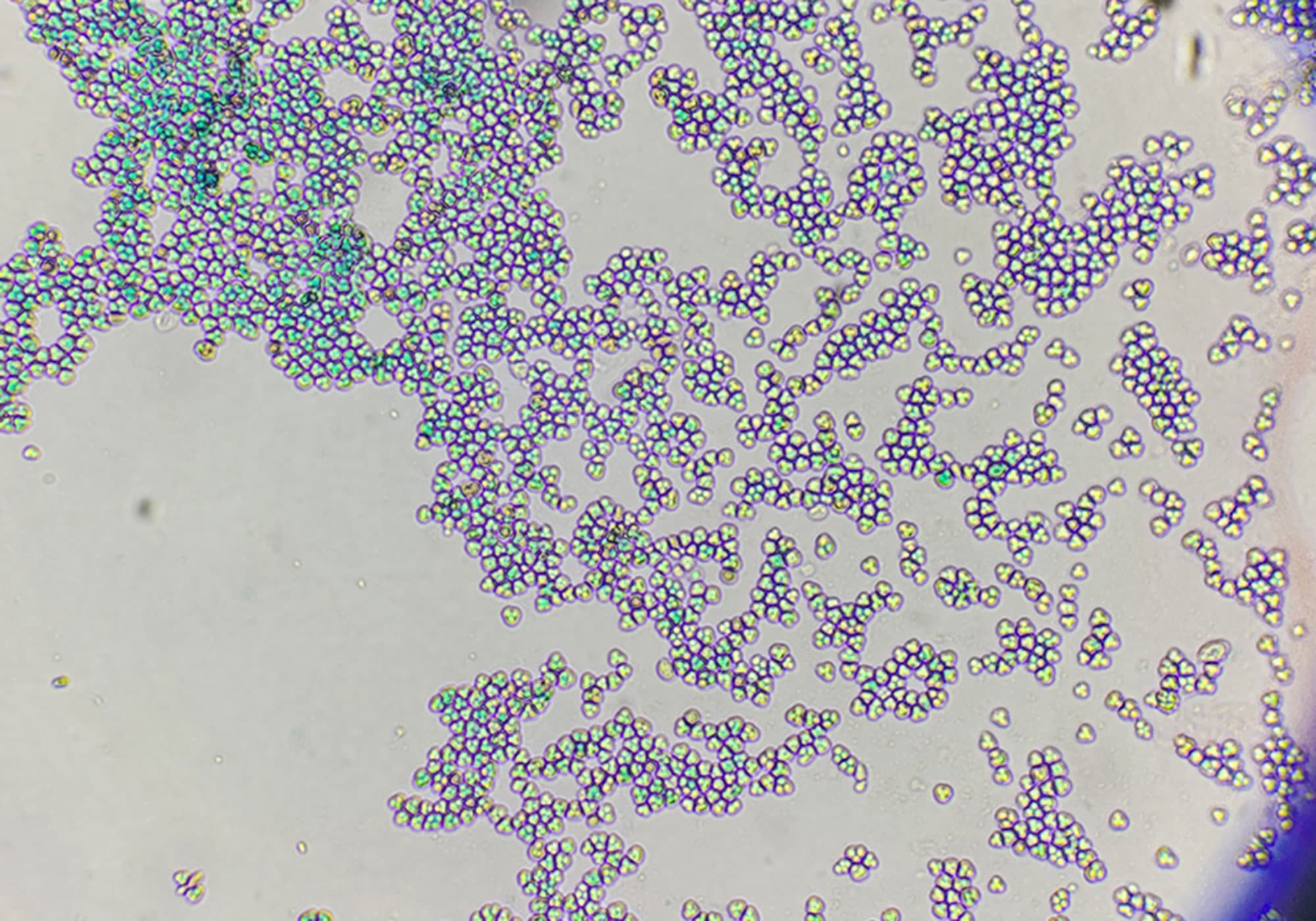
When it comes to microbes, the choices you make will shape the expression of your final spirit. Here are some key considerations.

Distilling in Florida’s hot and humid environment, and producing spirits specifically tuned for cocktails in a tourism-driven locale—those are the major guideposts for the creative direction of these sibling distilleries, as well as for their methods of barrel aging and adding flavor.
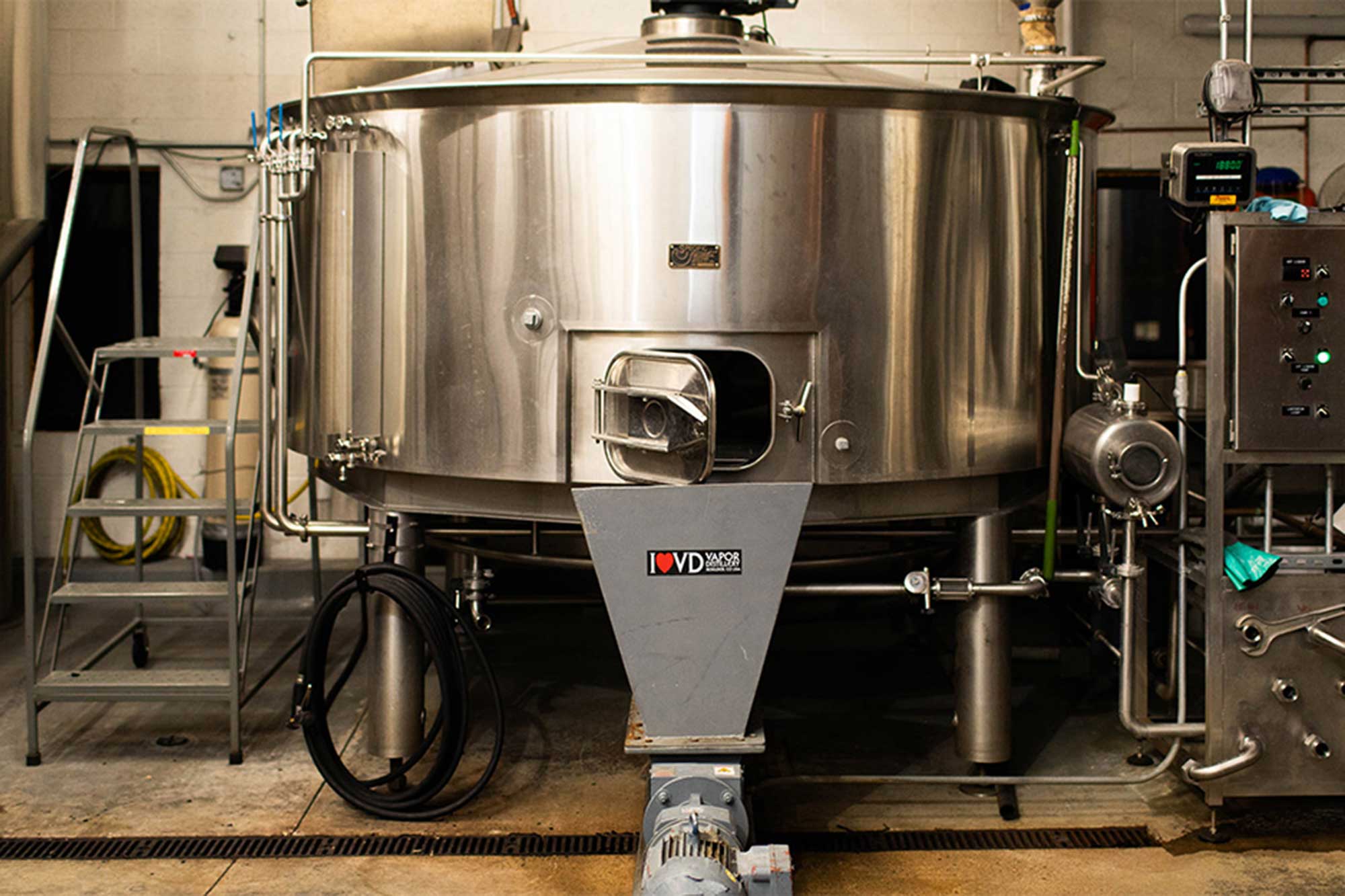
Even a corrosion-resistant workhorse needs proper care and maintenance.

Rapid-aging research is as old as commercial whiskey production. What are the upsides, what are the downsides—and why hasn’t it taken broader hold in the industry?